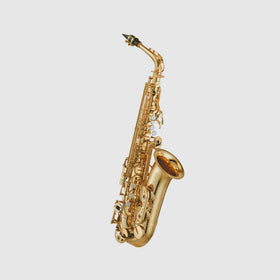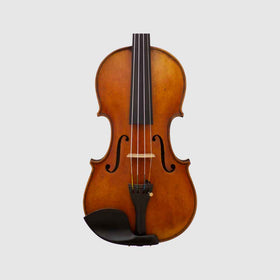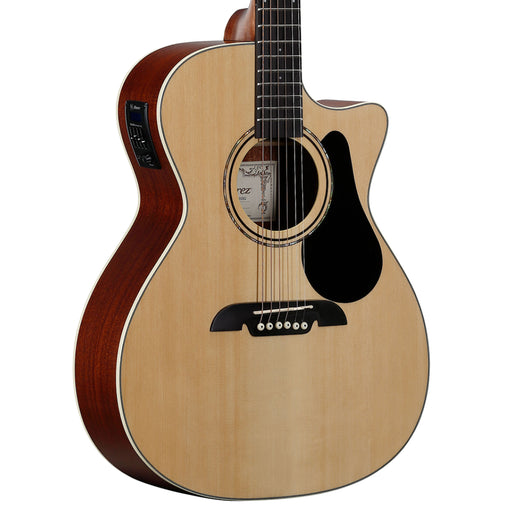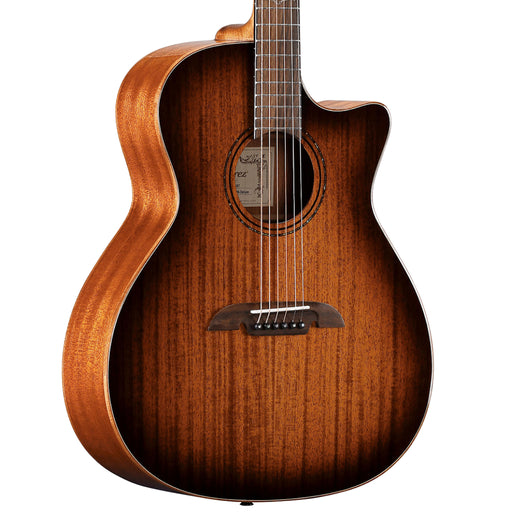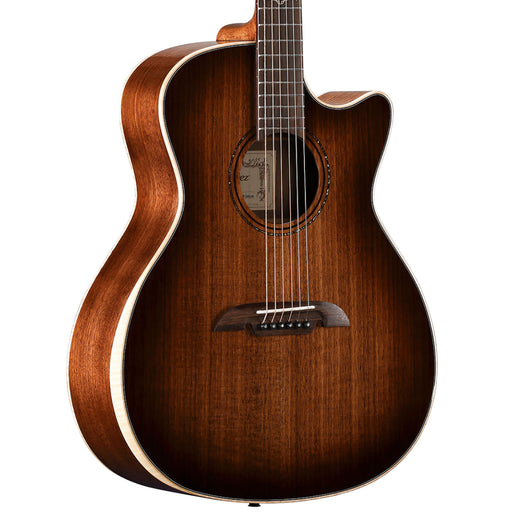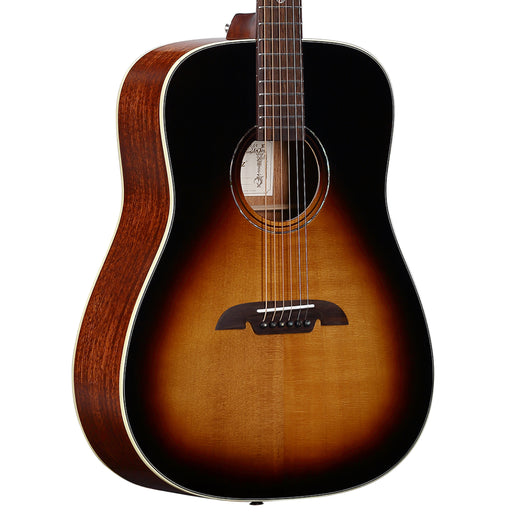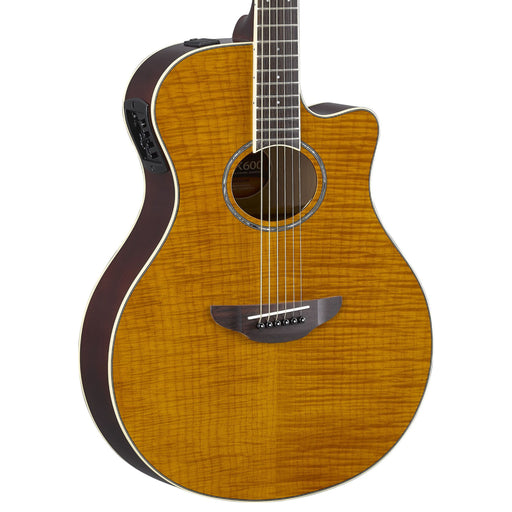
Guilty Pleasures: My Effect Pedal Addiction
Hi, my name is Kyle, and I have a problem.
I am a pedal addict. New, used, boutique, mass produced; it doesn't really matter... I'll take one of everything, please. I've spent the last few years buying, trying, trading, and selling effects to gather an impressive collection of tone-shaping tools to suit whatever mood I happen to be in, and haven't really found an end to this rabbit hole I've found myself going down.
I'd love to share a few insights to the world of pedals with you, whether you're a collector, addict, or completely new to effect pedals.
1. Dynamics
Dynamic effects can either change your volume or they can help you tame volume variations. Dynamic effects usually fall into two categories: Compression and Boost. Compression effects basically make loud parts softer and soft parts louder, which usually increases sustain. Compressors are used quite a bit in country and funk music to get muted ghost-notes to pop out a little more. Boosts are a very simple effect that increase the overall volume. Some boost pedals try and maintain your tone while making the volume louder, while other boosts will color your tone.
2. Drive
Drive pedals are usually pedals that provide a boost in your gain in order to create a crunchy, rock tone. Drive pedals can be divided into three categories: Overdrive, Distortion, and Fuzz. Overdrive pedals are created to mimic the sound of tube amps being turned up to 10. This causes tubes to be pushed to their limits, producing a crunchy and aggressive tone. The problem with bring your volume to 10 is that it's really, really loud. The overdrive pedal emulates that effect without being so loud. Distortion pedals push your gain even further, to a point where your tone isn't just crunchy, it's completely distorted. Fuzz pedals were some of the first distortion sounds in rock and roll history. Originally achieved by accident, fuzz has become synonymous with classic rock tone.
3. Modulation
Modulation effects can be used to change the pitch or frequency parameters of a sound to create unique sounds. The most common modulation effects are: Phaser, Flanger, and Chorus. Phaser effects work by duplicating and altering a sound wave, then playing the altered sound with the original tone resulting in a swirly, sweeping, and rotating sound. Flangers mix two identical signals together while delaying the second signal by a small and gradually changing period of time. Chorus pedals attempt to simulate the sound of multiple performers playing the same part of a song at once. It works similarly to a flanger, but often use a longer delay.
4. Delay
Delay effects provide repeating delayed notes, producing several instances of the same sound being played back at a predetermined delay. They can be used to mimic the sound of an echo, or you can use the delays to create very full sounding and complex guitar parts. Depending on the components used in the delay pedal, delays can either sound exactly like the original source sound, or the delays can sound like they have a modulation effect on them.
5. Reverb
Filter effects are effects that filter out certain frequencies of a sound. For example, you can use a filter effect to take away all the high and low end of a sound, and end up with a mid-heavy sound creating a megaphone type sound. Filters can be seen very commonly in wah pedals which sweep which frequency is filtered by the use of a rocker pedal.
Tarpley Exclusives
Alvarez Regent RG26CE-DELUXE Acoustic-Electric Guitar
AlvarezDesigned by the top AIMM Dealers in the US The Alvarez Guitars Regent Series RG26CE-Deluxe has a Sitka Spruce top with a natural, gloss finish. The...
View full detailsAlvarez Artist AG66CESHB-DELUXE Acoustic-Electric Guitar
AlvarezDesigned by the top AIMM Dealers in the US The Artist AG66CESHB-DELUXE is a beautifully developed Grand Auditorium acoustic electric guitar with a ...
View full detailsYamaha LJ6RDTHB Medium Jumbo Acoustic-Electric Guitar - Dark Tint
YamahaBuilt with a solid Engelmann Spruce top enhanced by Yamaha's proprietary A.R.E. treatment and refined bracing architecture, the LJ6 delivers increa...
View full detailsAlvarez Artist Elite AGW77CESHB-DELUXE Acoustic-Electric Guitar
AlvarezDesigned by the top AIMM Dealers in the US Alvarez Grand Auditorium acoustic electric guitar with cutaway and bevelled armrest. Comes with the LR B...
View full detailsAlvarez Masterworks MD60EVB Acoustic-Electric Guitar
AlvarezThe MD60EVB Deluxe features carefully seasoned tonewoods that include a AAA solid Sitka cured top, solid African Mahogany back and sides, and one p...
View full detailsYamaha APX600FM AM Acoustic-Electric Guitar
YamahaOne of the world's best-selling, acoustic-electric guitars, the APX Series thinline body combines incredible comfort, easy top-fret access and natu...
View full details
